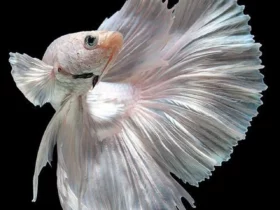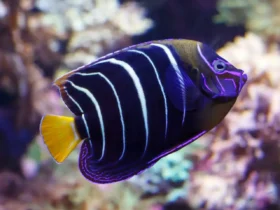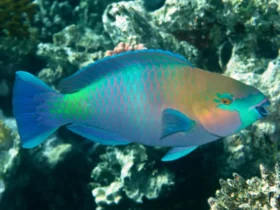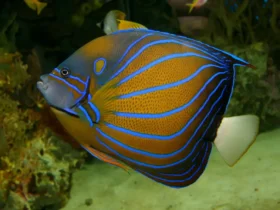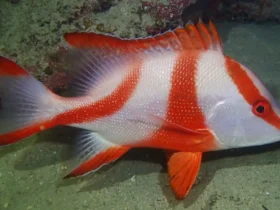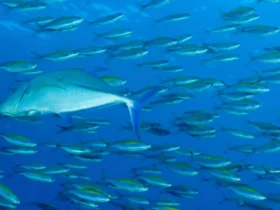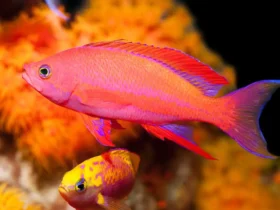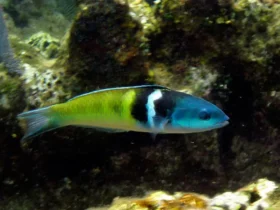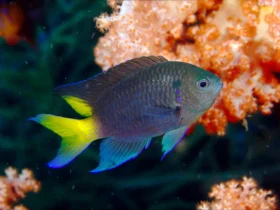Beneath the turquoise waters of tropical coral reefs, a vibrant burst of color dances among the coral branches—the Flame Wrasse (Cirrhilabrus spp.). With its striking hues and graceful movements, this fish captivates the eyes of divers and snorkelers, adding a fiery brilliance to the underwater world. Join us as we explore the captivating world of the Flame Wrasse, delving into its appearance, behavior, and ecological significance in coral reef ecosystems.
Flame Wrasse images
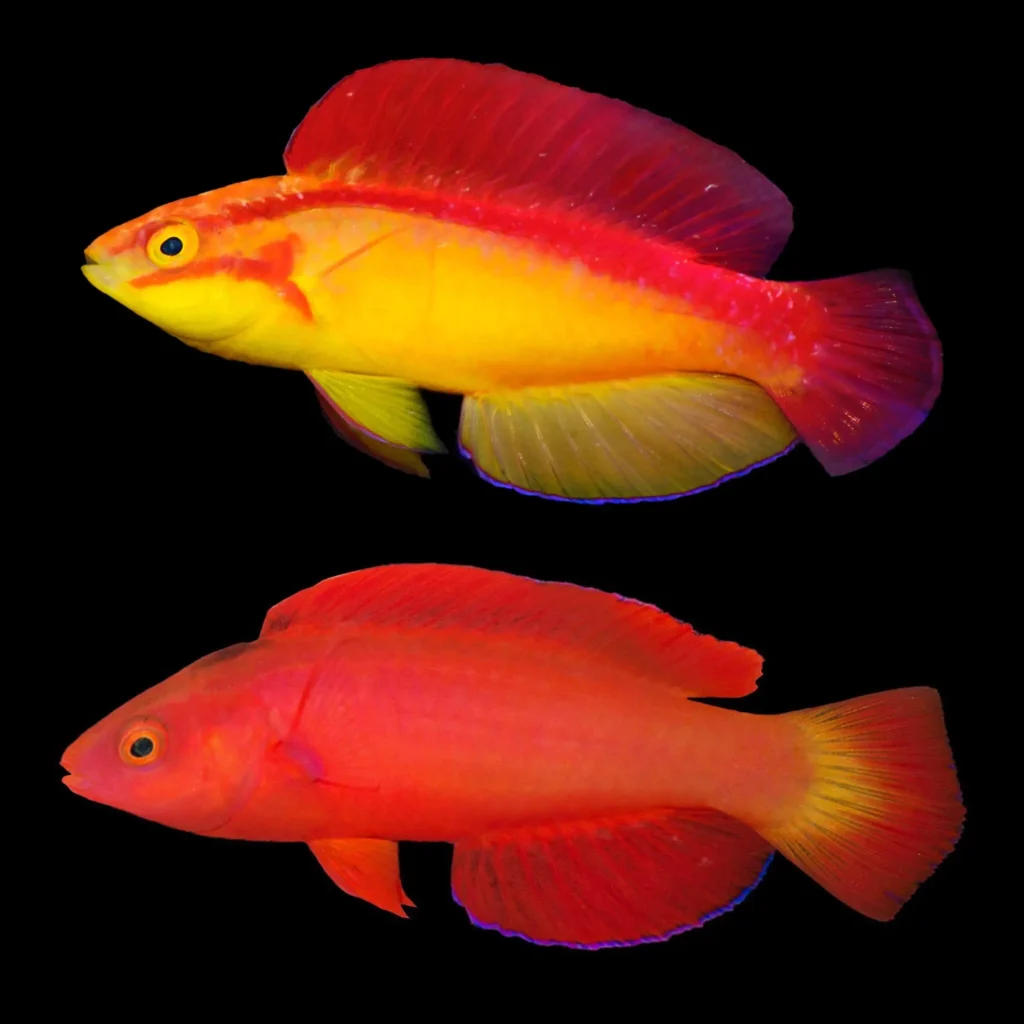
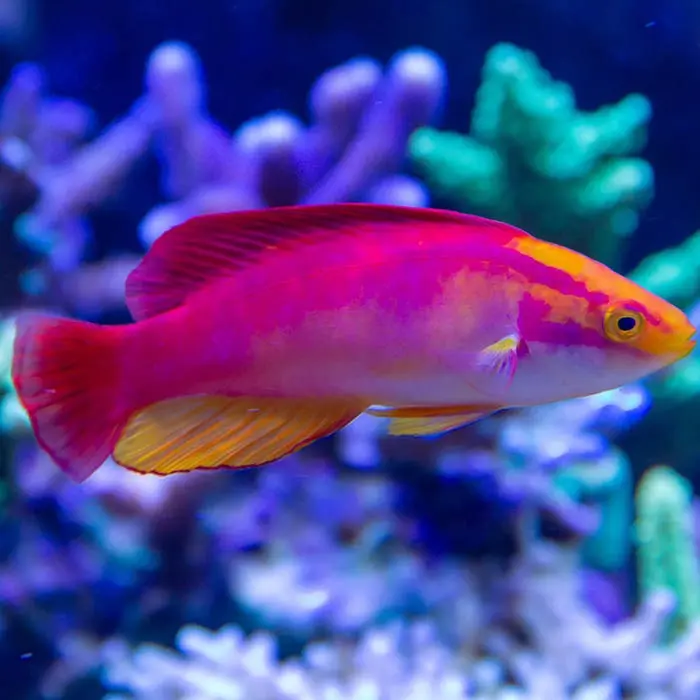
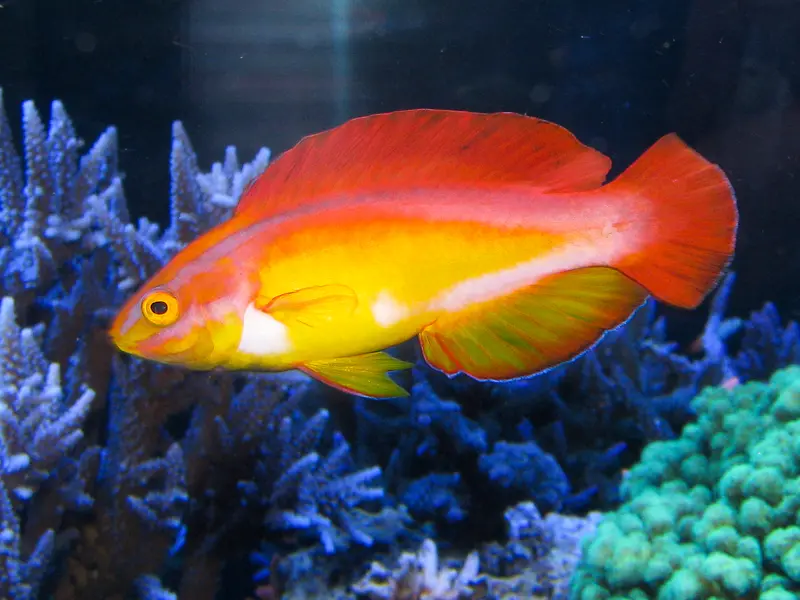
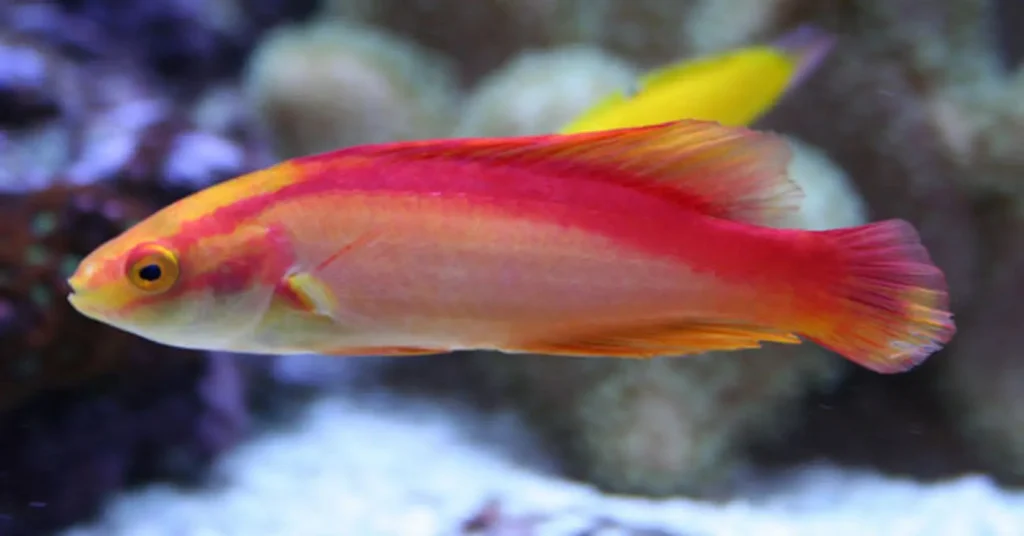
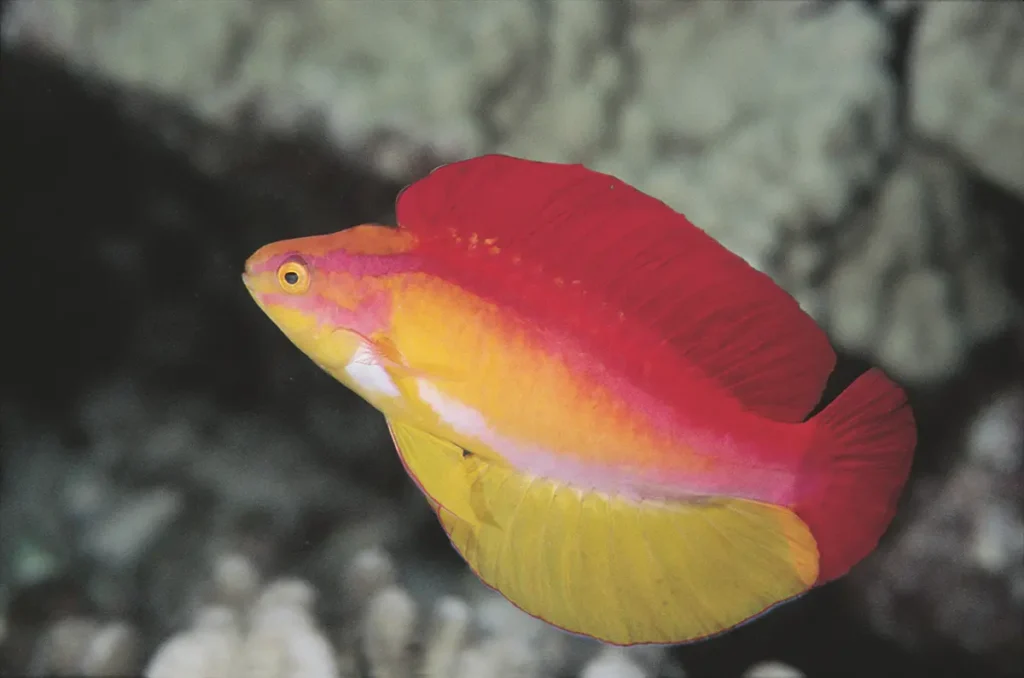
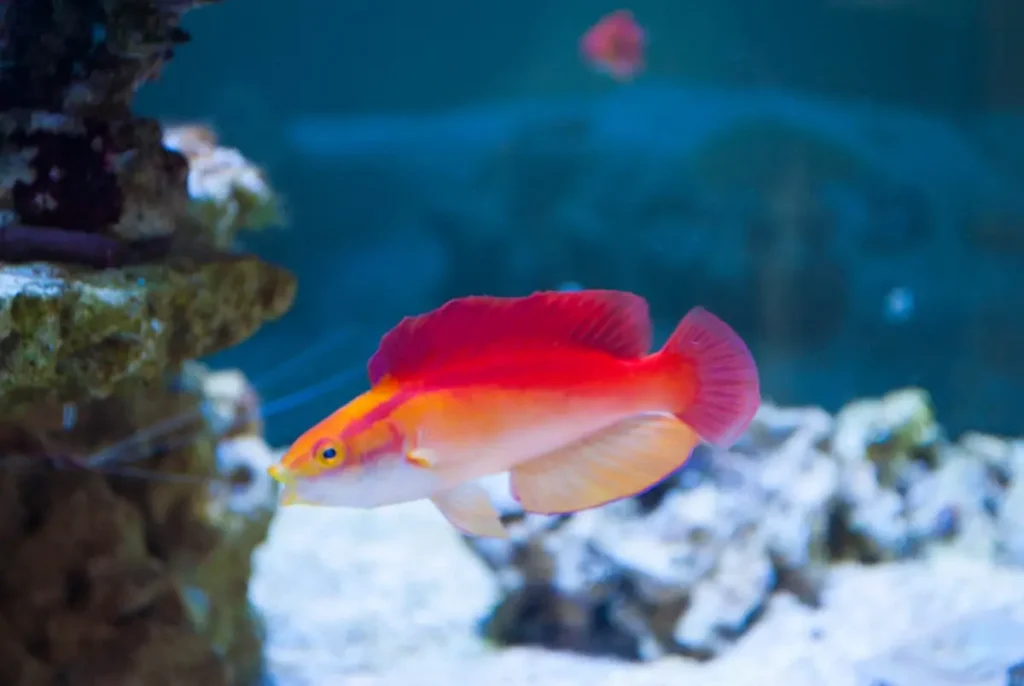
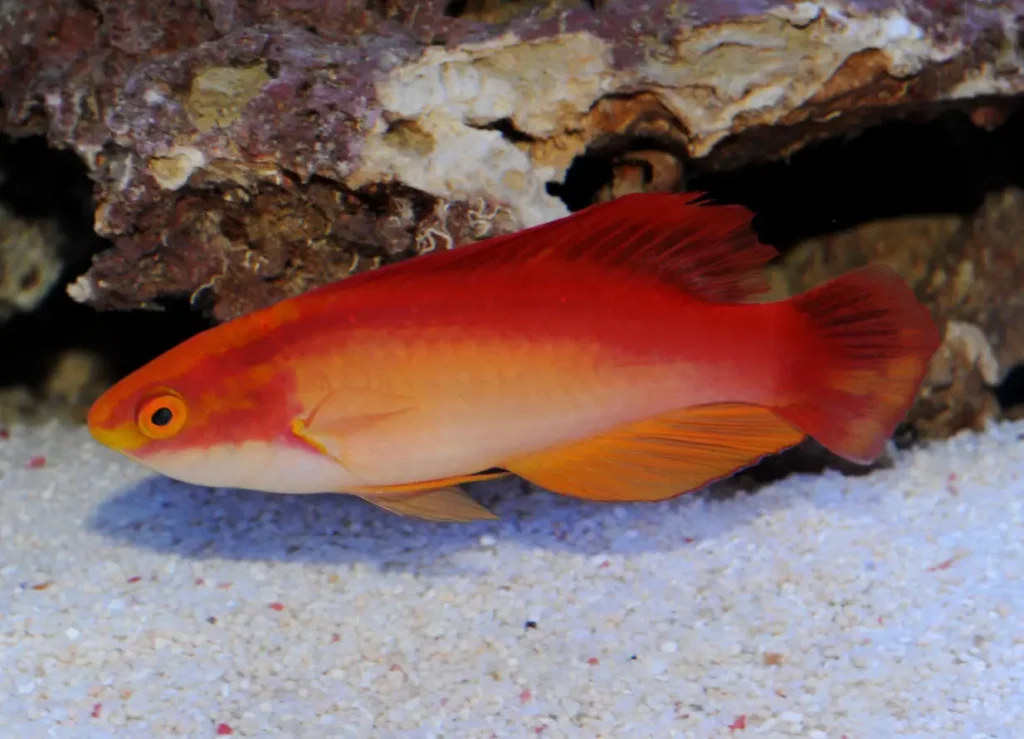
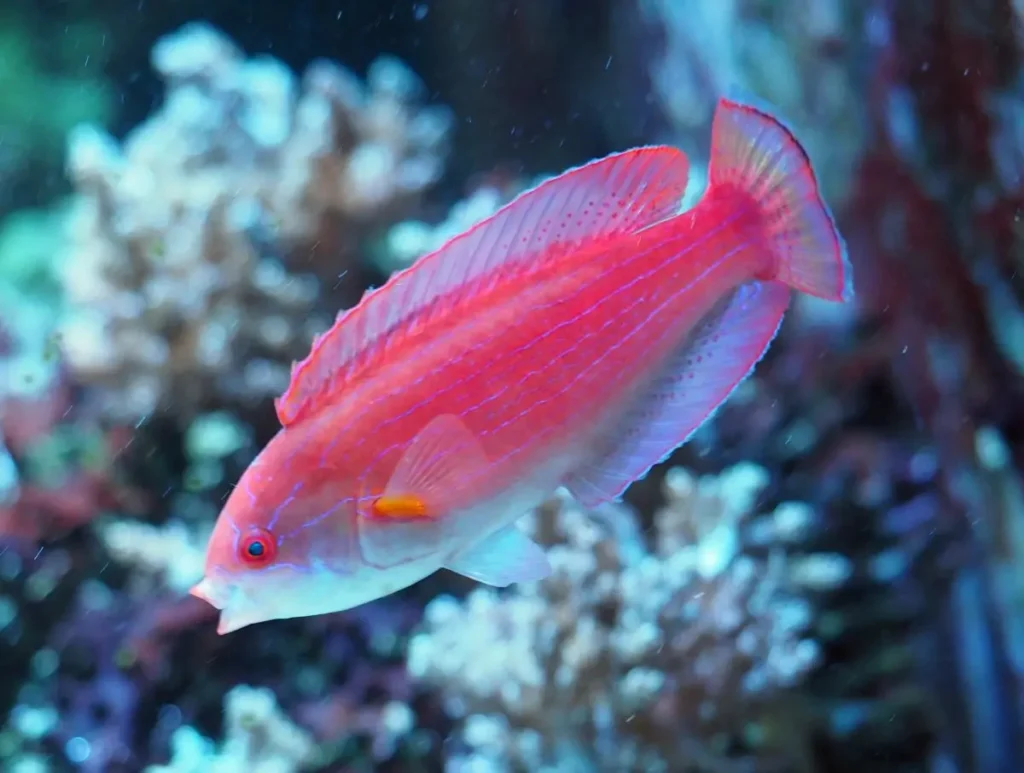
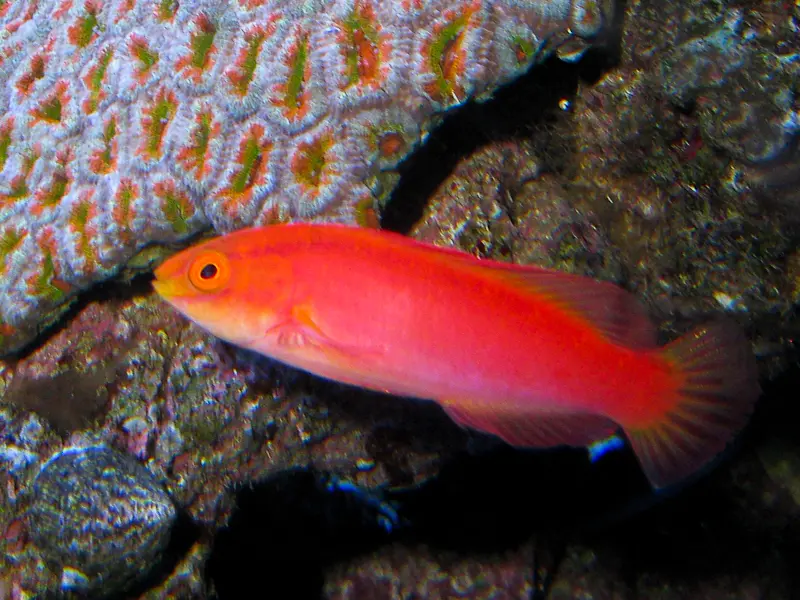
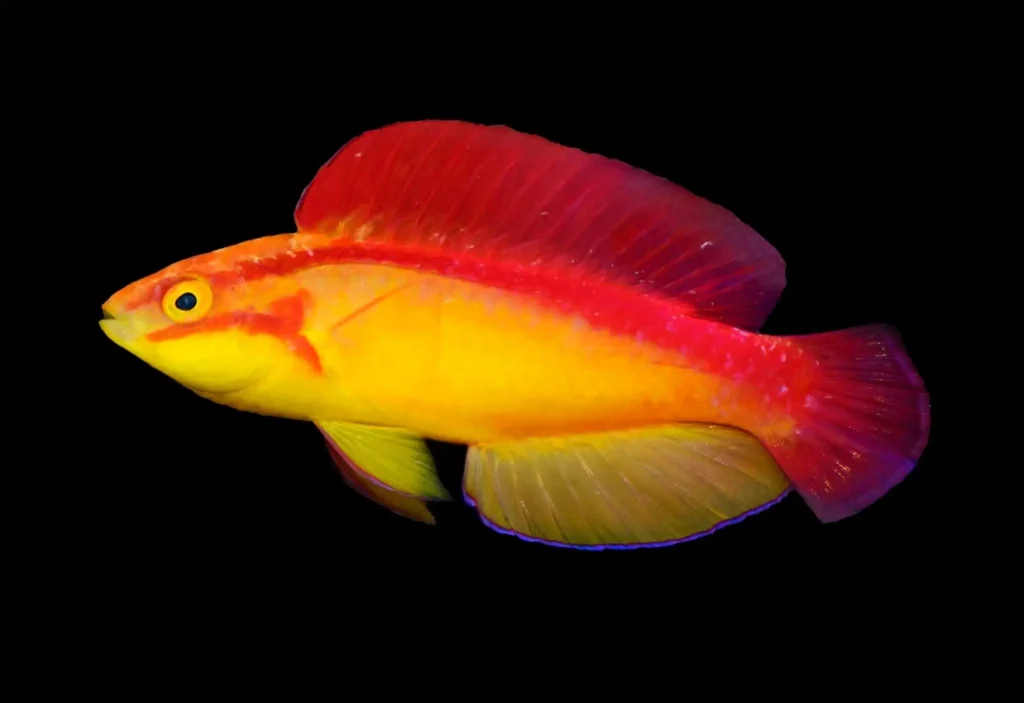
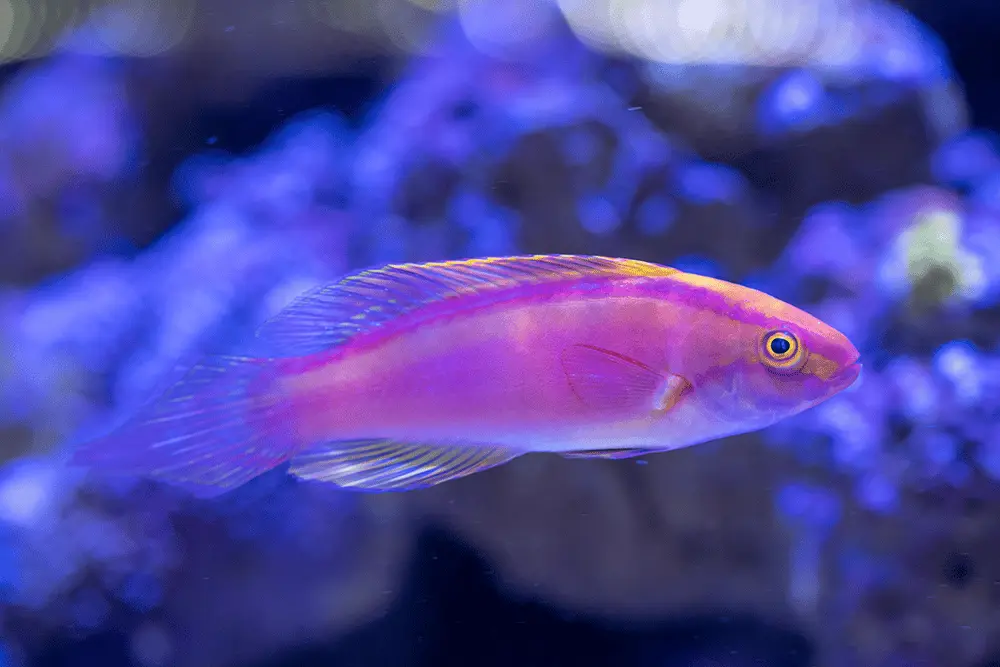
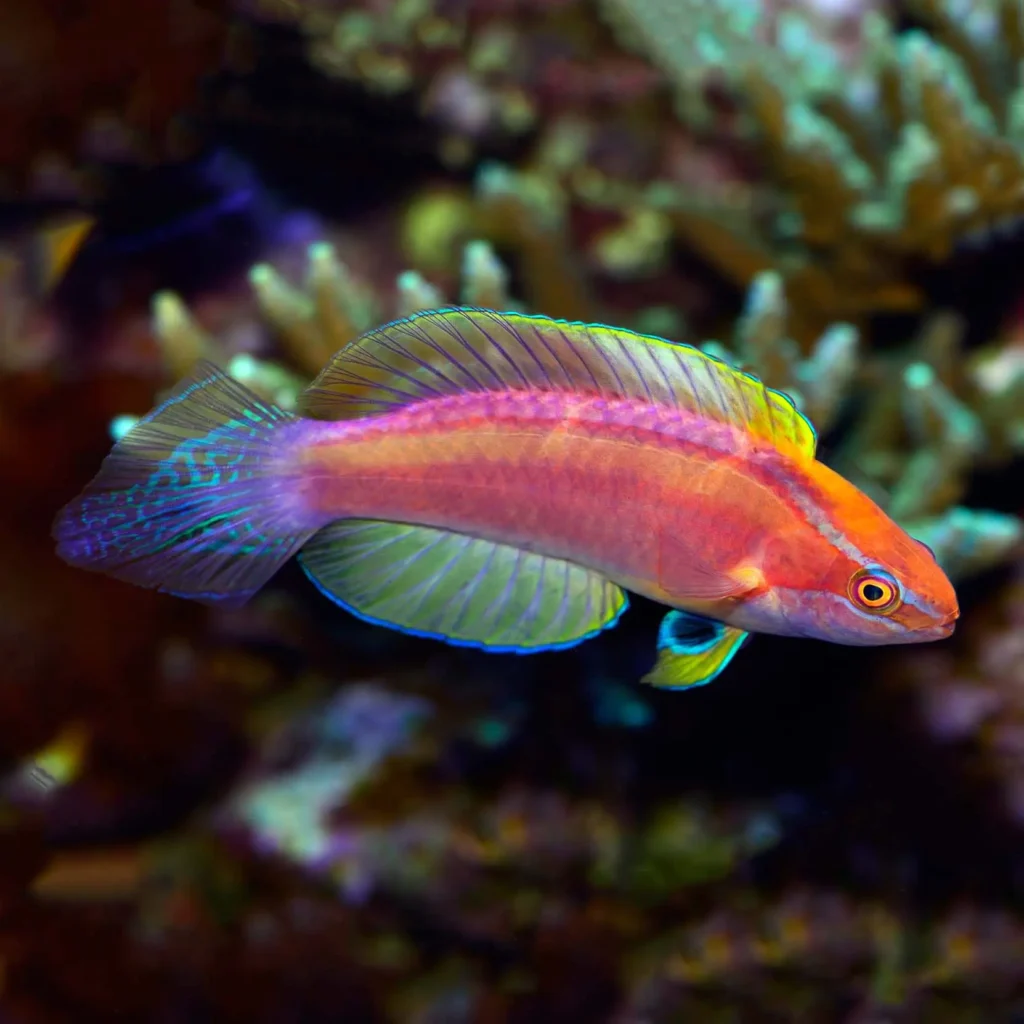
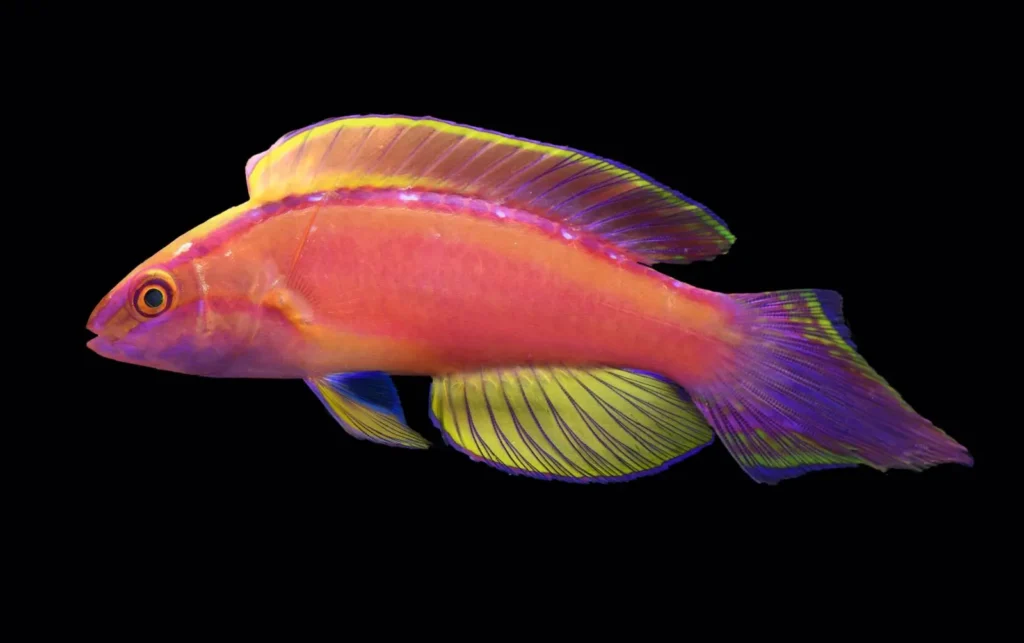
Appearance and Distribution
The Flame Wrasse encompasses several species within the genus Cirrhilabrus, including the Flame Wrasse (Cirrhilabrus jordani) and the McCosker’s Flasher Wrasse (Cirrhilabrus mccoskeri). These fish exhibit stunning coloration, featuring a deep red or orange body adorned with iridescent blue and purple accents. Males often showcase more vibrant colors compared to females, sporting elongated fins and brighter patterns.
Flame Wrasses are predominantly found in the warm tropical waters of the Indo-Pacific region, including the Red Sea, Indian Ocean, and the Pacific Ocean. They inhabit coral reefs, usually dwelling in areas with abundant coral cover and ample hiding spots.
Behavior and Social Structure
Flame Wrasses are known for their active and social nature. They are usually observed in small groups, consisting of a dominant male and several females. Males display vibrant colors and perform energetic courtship dances to attract females and establish their dominance. The wrasses dart among the coral branches, showing off their vibrant fins and performing rapid body movements in an elaborate display.
Feeding Habits
Flame Wrasses are omnivorous, with their diet consisting of a combination of small invertebrates, zooplankton, and algae. They forage near the coral reef substrate, pecking at the sand and picking off tiny organisms. Their feeding behavior helps control populations of small invertebrates, contributing to the overall balance of the reef ecosystem.
Ecological Significance
Flame Wrasses play a significant role in coral reef ecosystems. Their feeding habits assist in the control of invertebrate populations, preventing outbreaks of harmful organisms that can damage coral health. Additionally, as active swimmers, they contribute to water circulation and the redistribution of nutrients within the reef environment.
Conservation and Threats
While Flame Wrasses are not currently considered threatened species, they face various conservation challenges. Habitat destruction, overfishing, and the use of destructive fishing practices can harm their populations and the delicate coral reef ecosystems they depend on. Sustainable fishing practices, the establishment of marine protected areas, and public education on responsible diving and snorkeling practices are essential for their long-term conservation.
Appreciating Nature’s Fiery Gem
The Flame Wrasse enchants us with its vibrant colors and graceful movements, adding a touch of fiery brilliance to coral reefs. Its presence serves as a reminder of the remarkable diversity and fragility of marine life, urging us to appreciate and protect these underwater ecosystems.
By promoting sustainable practices, supporting conservation efforts, and embracing responsible tourism, we can ensure the preservation of the Flame Wrasse and the precious coral reefs it inhabits. Let us admire this fiery gem and work together to safeguard the beauty and vitality of our oceans for generations to come.
